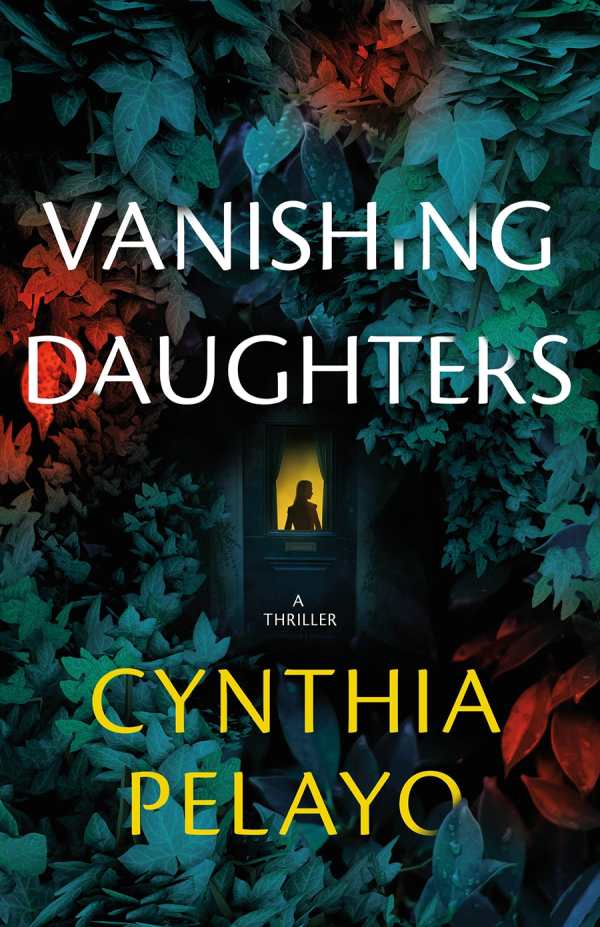Vanishing Daughters
In Cynthia Pelayo’s novel Vanishing Daughters, a woman haunted by grief is stalked from the shadows of her waking and dreaming lives.
After Bri loses her mother, Aurora, to cancer, she takes over the house that has been in her family for generations. Once beautiful, it’s over a century old, the crumbling outlier in the middle of a Chicago neighborhood of well-kept mansions. Her nights are filled with half-remembered nightmares of lost dead girls in white dresses. She fears that she’s losing her grip on reality.
That Bri’s sense of self has been shattered echoes in all she does. She aches over the loss of her mother, expressing her enduring love for her. Further, Bri loves with her whole self. This extends to her best friend, Emily, her boyfriend, Daniel, and her dog, Prairie.
Meanwhile, a malicious entity, Mal, creeps ever closer to stealing Bri’s life away. A serial killer, his past is shrouded in blood and mystery. His unflinching, horrifying accounts of killing women build dread as his plan to take Bri crawls ever closer.
Nonhuman characters have important roles in the book. The house, in its creaking, music, and mystery is vivified, as is haunted, history-laden Chicago. Allusions to folklore, legends, and myth build into the larger-than-life narrative, which is powerful enough to transcend mortality and time. In addition to the horrors of murders and ghosts, there is gentleness and compassion in the prose, too. Bri seeks to give humanity back to the ghosts she encounters, making all the difference.
Vanishing Daughters is a thrilling modern fairytale in which a woman contends with grief and love in her bid to save herself.
Reviewed by
Natalie Wollenzien
Disclosure: This article is not an endorsement, but a review. The publisher of this book provided free copies of the book to have their book reviewed by a professional reviewer. No fee was paid by the publisher for this review. Foreword Reviews only recommends books that we love. Foreword Magazine, Inc. is disclosing this in accordance with the Federal Trade Commission’s 16 CFR, Part 255.

